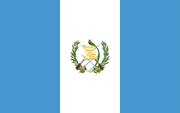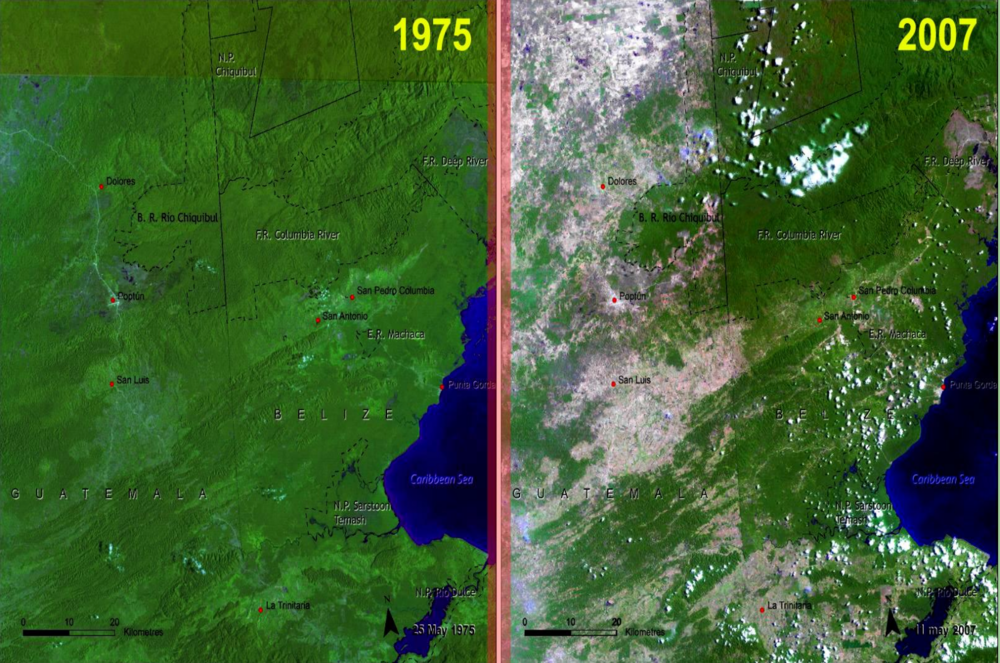

In 1859 Britain and Guatemala signed a treaty which defined our borders from the Rio Hondo to Sarstoon. The Treaty included an article that said both parties would make their best efforts to build a cart road from Guatemala City to the Atlantic Coast. After a few years, the road hadn't been built and Guatemala blamed Britain for it. They said that the Treaty was a treaty of cession and because Britain violated it, they were supposed to get their land back.
In 1946 Guatemala officially tried to declare the Treaty null and void. Britain suggested going to the International Court of Justice (ICJ) to resolve their differences, but Guatemala rejected it. After years of failed negotiations, we finally got Guatemala to accept the possibility of going to Court. Guatemala held its referendum in April of 2018 and voted yes to go the ICJ. On April 10th, 2019, we Belizeans will be asked if we want to finally settle the dispute once and for all the ICJ.
In 1859, Britain and Guatemala signed a boundary treaty which defined our borders as from the Rio Hondo to Sarstoon. Both Guatemala and Britain ratified it and it is still a legally valid treaty.
The wording of the 1859 Treaty clearly establishes that it is a boundary treaty. Article 7 says that both the British and Guatemalans would use their “best efforts” to jointly establish the “easiest means of communication,” using roads or rivers, between Guatemala City and the Atlantic Coast. The Treaty did not say Britain alone would build the road, but that both of them would try.
In 1931, Britain and Guatemala exchanged letters by which Guatemala officially accepted the border monuments as marking the boundaries established in the 1859 Treaty. These permanent border monuments were placed there in 1929 by British and Guatemalan boundary commissioners when they reinforced the original border markers placed there right after the 1859 Treaty was signed.

The longer the dispute goes on, the more problems it will cause. The above image shows how population growth in Guatemala has led to deforestation in Peten and is already affecting Belize. The same occurs in Izabal in the south of Belize. Population and developmental pressures will continue affecting Belize’s protected areas and border regions.
Without fully demarcated borders it will become harder to manage border problems and protect our lands and natural resources. The dispute also affects Belize’s security, trade, tourism, investment and development potential.
Starting from 1937 until 1956 the British proposed going to the ICJ on the basis of international law but Guatemala rejected this. Guatemala has now finally agreed to submit their claim to the ICJ on the basis of international law.
The Webster Proposals would have given Guatemala control over our foreign policy, security and not allowed us to join the United Nations.
Seeing that negotiations wouldn't work, in the 70s we looked to the world community for support. From 1975 to 1980, the UN made 6 resolutions in favor of Belize's right to self-determination and territorial integrity.
The proposals would have kept the borders of the 1859 Treaty, given Guatemala access to the seas, and included a generous development package for both countries. Guatemala rejected them.
After the 2002 Proposals failed, Belize spent years pushing Guatemala to accept the option to go to court. Finally, after years of pushing, we got Guatemala to sign the Special Agreement. The Special Agreement said that both countries would need to hold referenda to ask their citizens if they wanted to go to the ICJ.
Guatemala held their referendum on April 15th 2018 and Guatemalans voted yes. On April 10th 2019, Belizeans will be asked to vote on the issue. The future of this dispute will be for you to decide.
The ICJ was founded in 1946 and has been dealing with cases ever since. It is one of the most respected international tribunals and sees high rates of compliance with its judgements.
Under Article 94 of the United Nations Charter, each state undertakes to comply with ICJ decisions. If a state does not comply, the United Nations Security Council may step in to make recommendations to ensure that the decision is complied with.
Since its inception, it has dealt with many territorial disputes. Over the years it has established a clear pattern. The Court gives the most weight to boundary treaties. Over the years, the Court has repeatedly reaffirmed the importance of the stability of borders in territorial and boundary disputes (Cambodia v. Thailand, Libya/Chad, Nicaragua v. Colombia).
Under the Special Agreement, the Court must decide the case under Article 38 (1) of its Statute.
Under Article 38 (1) of the Statute of the Court, the ICJ has to look at treaties, customary international law, general principles of international law, and past judicial decisions.
The 1859 and 1931 Treaties are still valid and binding.
We as Belizeans have been here for 200 years. Spain and Guatemala NEVER settled the any part of Belize.
We as Belizeans have the right to determine our political future with all of our territory. This has been reaffirmed by the international community many times.
The arguments which Belize uses are supported by past judicial decisions. The idea of the stability of frontiers has been reaffirmed many times such as in Cambodia v. Thailand (1962), Greece v. Turkey (1978), Libya/Chad (1994) and Nicaragua v. Colombia (2007), among many others.